
Wildlife & Bird watching safari, Kumana national park
- Kumana national park is famous among bird watching enthusiasts. But it is full of other animals especially elephants and leopards. It is located 391 km southeast of Colombo and 37 km from Arugam Bay. Due to its contiguous with Yala national park, Kumana national park was formally known as Yala east national park. The Park is bordered by River Kumubukkan Oya on the south and the south-eastern coast on the east.
A 200 hectares mangrove swamp called “Kumana Villu” within the park is subject to occasional inundation with seawater is heaven for bird nesting and breeding. There are about 255 bird species recorded in Kumana. Tens of thousands of migratory birds migrate to the Kumana Villu area annually from April to July.
Among those recorded species Lesser whistling teal, Spot-billed pelican, Openbill, purple coot, Pheasant-tailed jacana, Common coot, Grey heron, Purple heron, Black-winged stilt, Yellow-wattled lapwing, Green shank, Jungle owlet, Black-necked & White-necked painted storks, Common & Green sandpipers, Pintail, Garganey, Common red shan, are common in the national park.
- Kumana national park is famous among bird watching enthusiasts. But it is full of other animals especially elephants and leopards. It is located 391 km southeast of Colombo and 37 km from Arugam Bay. Due to its contiguous with Yala national park, Kumana national park was formally known as Yala east national park. The Park is bordered by River Kumubukkan Oya on the south and the south-eastern coast on the east.
A 200 hectares mangrove swamp called “Kumana Villu” within the park is subject to occasional inundation with seawater is heaven for bird nesting and breeding. There are about 255 bird species recorded in Kumana. Tens of thousands of migratory birds migrate to the Kumana Villu area annually from April to July.
Among those recorded species Lesser whistling teal, Spot-billed pelican, Openbill, purple coot, Pheasant-tailed jacana, Common coot, Grey heron, Purple heron, Black-winged stilt, Yellow-wattled lapwing, Green shank, Jungle owlet, Black-necked & White-necked painted storks, Common & Green sandpipers, Pintail, Garganey, Common red shan, are common in the national park.
Most Striking Feature
- The Kumbukkan Oya flows 28 km along the southern boundary of Kumana national park by forming Kumana estuary and Villu before it flows to the sea. “Kumana Villu”, a 200-hectare swamp lake sustained by the river through a half a mile long narrow channel is subject to occasional inundation with seawater, is one of the most important bird nesting and breeding ground in Sri Lanka.
Tens of thousands of migratory birds chose Kumana swamp as their destination during the months of April–July annually. There are about 450 species of birds recorded in Sri Lanka comprising endemic, resident, and migrant. From that, around 200 species can be seen in Kumana national park. Thus it is the prime location in Sri Lanka for bird watching.
Landscape & Views
- Other than the Kumana Villu there are about 20 lagoons and tanks that support the extensive birdlife of the park. Together with these lagoons and tanks the natural rock pools, rocky outcrops, ridges, open parkland, scrub jungle, and forest form an interesting and most fascinating scenic beauty in the park.
The south-eastern boundary of the park is the sea coast with the serene, rolling, undulating sand dunes with the vegetation peculiar to such an environment.
History & Archaeology
- It is believed that the area in which the Kumana National Park is situated conceals an ancient civilization dating from about the 3rd century BC to about the 10th century AD.
An ancient monastery of 3rd century BC on a rock-strewn mountain named "Bowattegala", located in the midst of the park was lost to the forest and wild beast. The caves, rock structure, singularly lengthy stone inscription, and Buddha statue lay abandoned with time scattered and unexplored, had been first fashioned a monastery in the 3rd and 2nd century BC by the ten noble brothers of Kataragama, known as the “Kataragama-Kshatriya”.
In 1886 a British civil servant, Hugh Nevill reported that a strange race called the “Nittaewo”, people with hairy bodied, short and dagger clawed, inhabited the inaccessible mountains of southeast Sri Lanka, the area now belongs to Kumana national park called Mahalenama. The Nittaewo were reported to resemble orangutans or gorillas and were expert climbers of nearly one-meter height and had the ability to walk upright and were covered with reddish hair with claws of great length and strength.
Hugh Nevill also learned that the Nittaewo used to descend from the rocks in a group to steal meat that had been spread out in the sun to dry by Veddah hunters, who feared Nittaewo’s fearsome claws.
Biodiversity & Rare Species
- The park's wetland areas are surrounded by dry zone tropical thorn forests. The inland forest's flora is dominated by Manilkara hexandra (Palu), Hemicyclea sepieria, Bauhinia racemosa, Cassia fiatula (Ehela, Chloroxylon swietenia (Burutha), etc. The dominant tree of the Kumana villu is Sonneratia caseolaris.
Nearly 255 species of birds have been recorded in the national park. Regular sightings of birds include pelicans, painted storks, spoonbills, white ibis, herons, egrets, and hundreds of little cormorants. The very rare black-necked stork has also been spotted at the swamp.
Kumana is also home to the mammals of Elephants, Leopards, Golden Jackal, Wild Boar, Wild Buffalo, European Otter, and endangered Fishing Cat. The untouched sea coast is the nesting place for the three species of sea turtles Olive Ridley Turtle(Lepidochelysolivaceae), Loggerhead Turtle (Caretta caretta), and Green Turtle (Chelonia mydas). Globally vulnerable Mugger Crocodile (Crocodylus palustris) can also be seen in the park.
Access
Kumana National Park is accessible via Ratnapura – Balangoda – Udawalawe – Thanamalwila – Wellawaya – Monaragala – Pottuvil – Panama
or Ratnapura – Balangoda – Beragala – Wellawaya – Monaragala – Pottuvil – Panama. Entrance only at Panama park entrance.
Visiting hours for the Park - 6 a.m. to 6 p.m.
Mode of safaris - Only Jeep safaris
Best time of the day to visit the Park - 6 a.m. to 10 a.m. & 3 p.m. to 6 p.m.
Best months to visit the Park - Throughout the year. But November and December is the rainy season. Migratory birds can be seen from April to July

 +39 - 39 - 307 6 3730
+39 - 39 - 307 6 3730 +94 - 74 - 000 9208
+94 - 74 - 000 9208

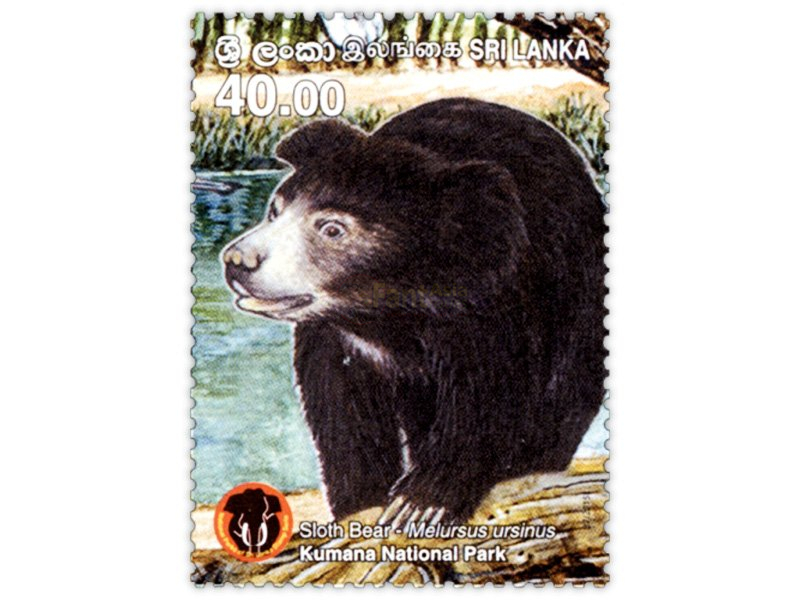
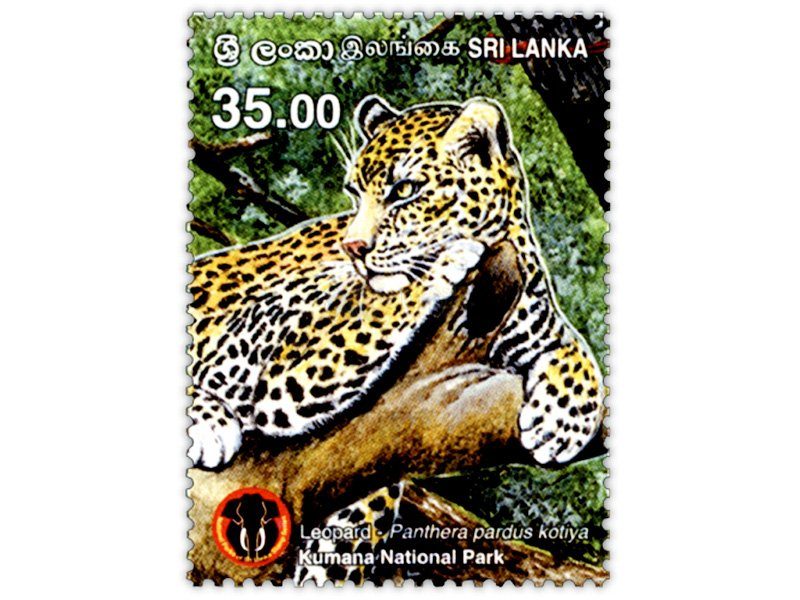
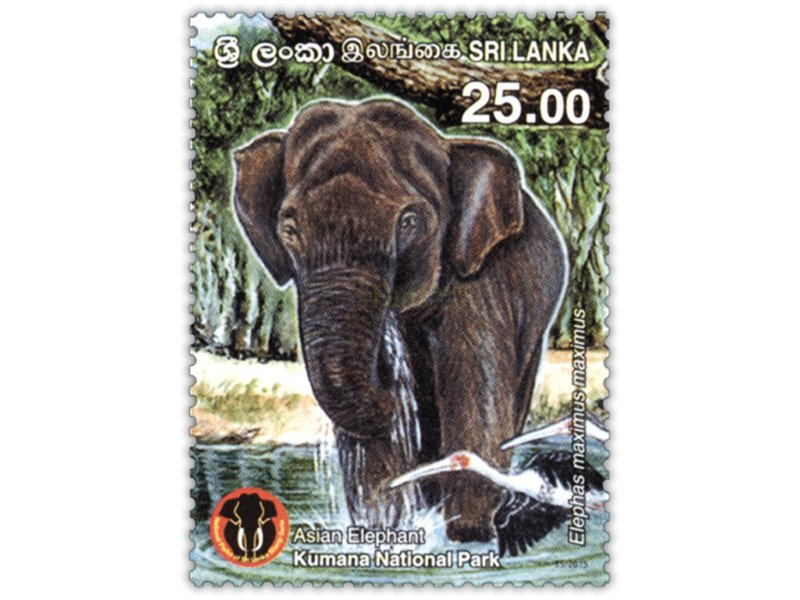
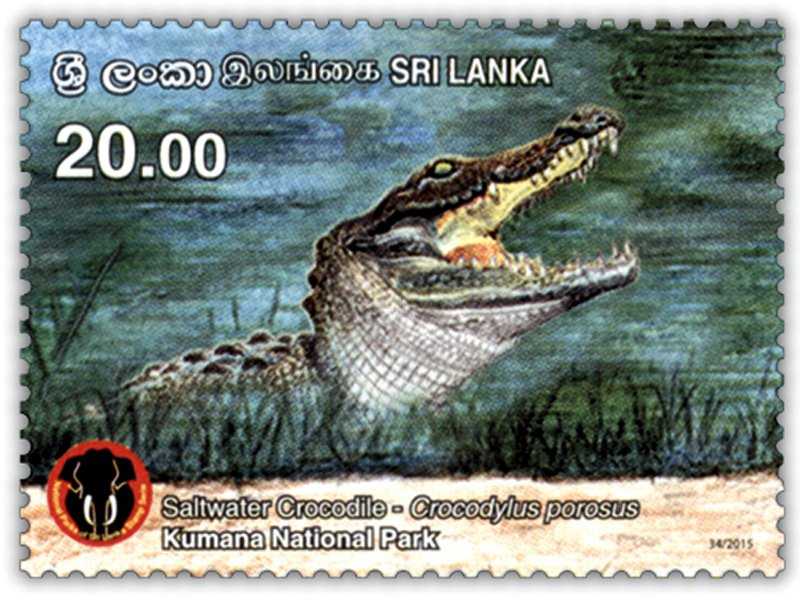
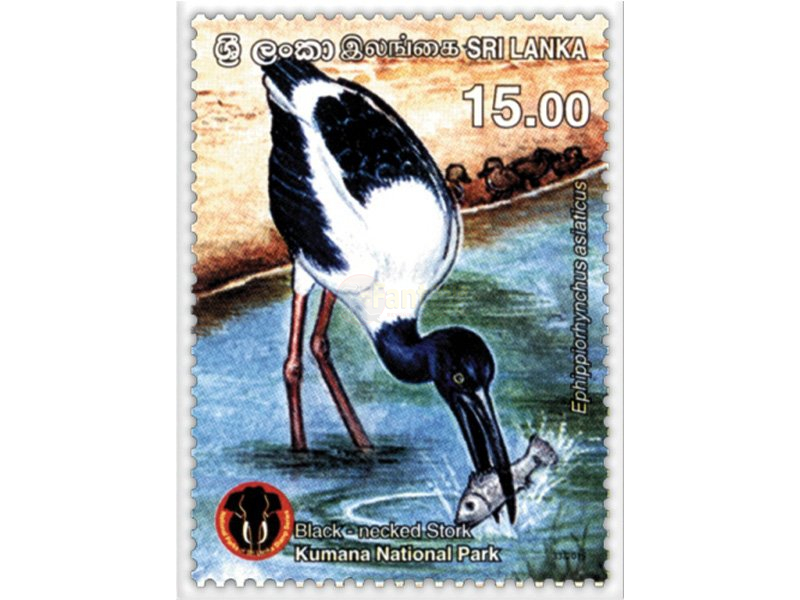

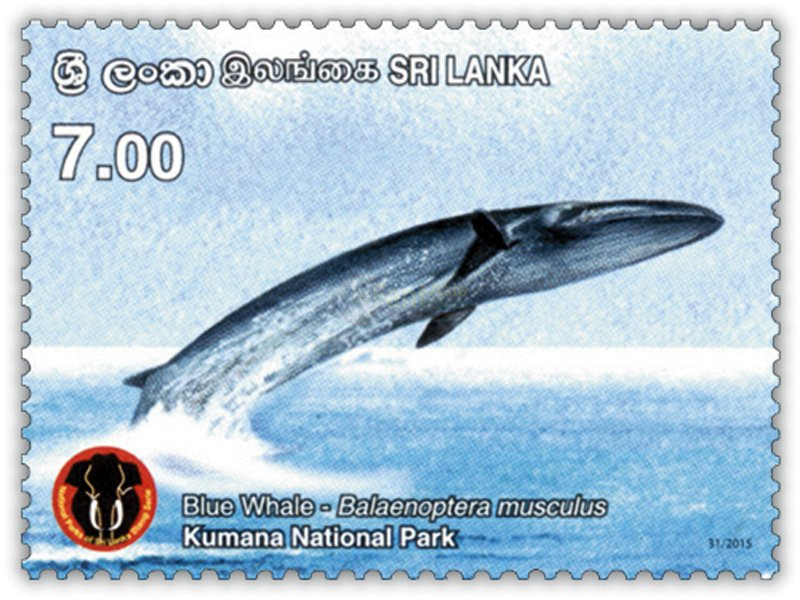
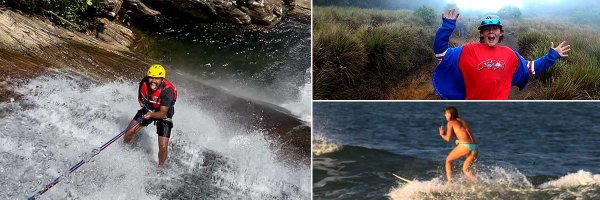
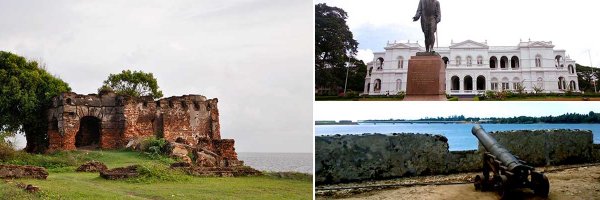
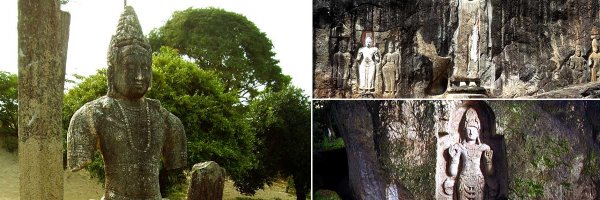
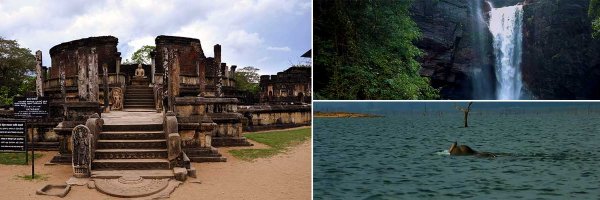

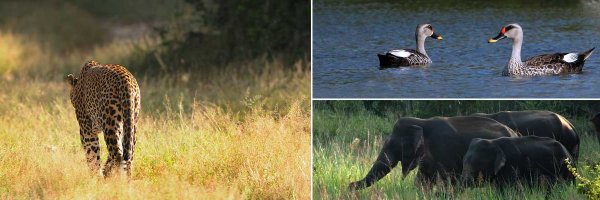
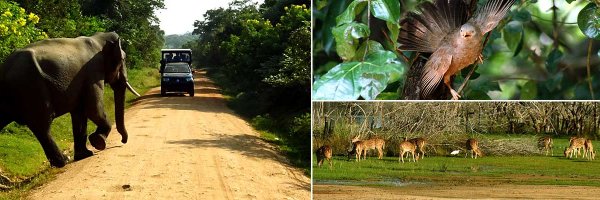
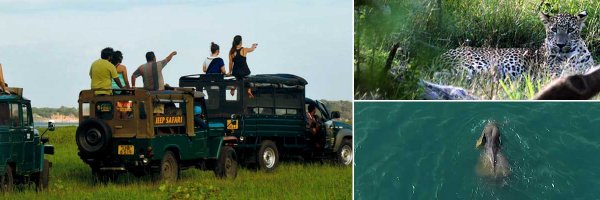

Share this page